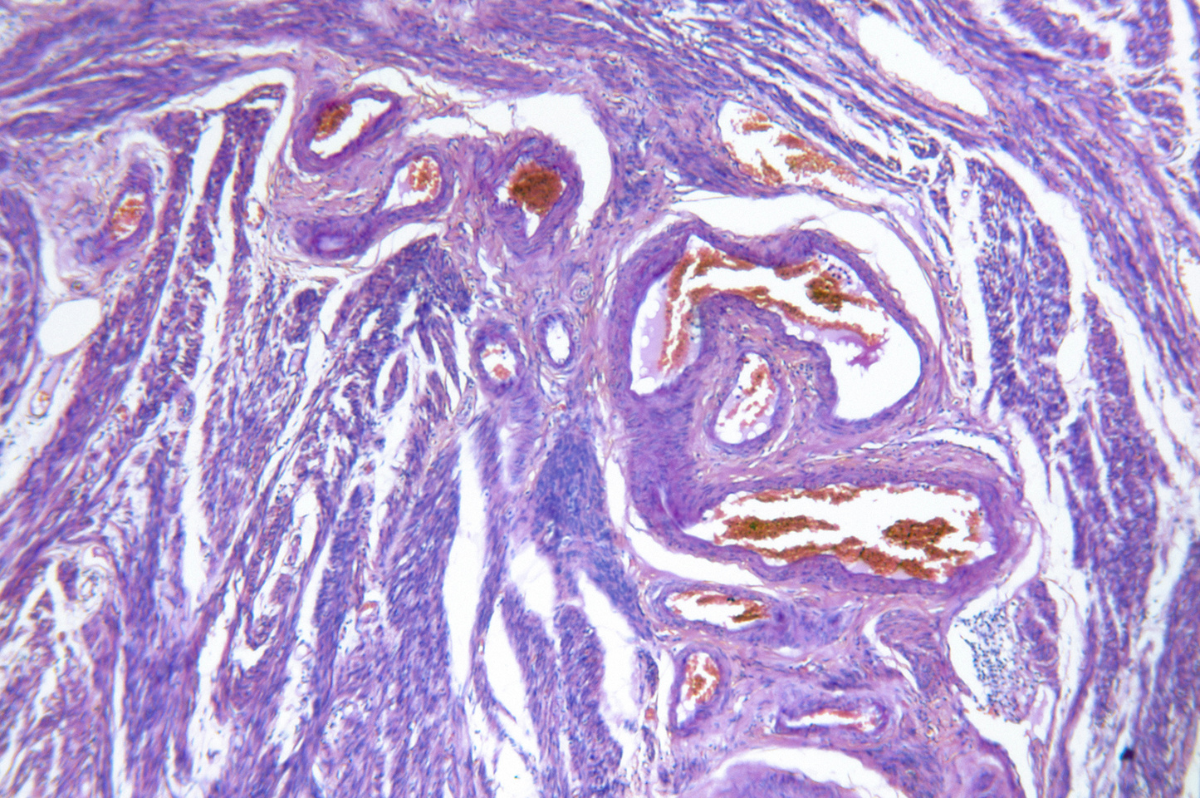Obstetrics & Gynaecology
Sentinel Lymph Node Staging in Early-Stage Endometrial Cancer
Sentinel lymph node (SLN) biopsy is a method used in staging endometrial cancer. It focuses on finding the first lymph nodes that cancer might spread to from the original tumor.
This article has been fact-checked by Dr Timothy Lim Yong Kuei, gynecologist at Timothy Lim Clinic for Women & Cancer Surgery, Mount Alvernia Hospital, Singapore.
About the Doctor
Sentinel lymph node (SLN) biopsy is a method used in staging endometrial cancer. It focuses on finding the first lymph nodes that cancer might spread to from the original tumor. This approach is less invasive than the standard method of removing many lymph nodes and helps doctors accurately determine the stage of the cancer.
Risk Factors of Lymph Node Metastases
- Type of Cancer: The specific kind of endometrial cancer significantly influences the likelihood of lymph node metastasis. For example, serous and clear cell carcinomas, known for their aggressive behavior, have a higher propensity for nodal spread compared to the more common and typically less aggressive endometrioid adenocarcinoma.
- Depth of Invasion: The extent to which the cancer penetrates the muscular layer of the uterus (myometrium) is a critical factor. Tumors that invade more than half of the myometrium are associated with a greater risk of lymph node involvement than those confined to the outer layer or less than half of the myometrium.
- Spread to Blood or Lymph Vessels: The presence of cancer cells in the spaces surrounding blood vessels or lymph vessels within the uterus is a strong predictor of the cancer’s ability to spread to lymph nodes. Lymphovascular space invasion (LVSI) indicates a pathway for cancer to exit the primary tumor site and enter the lymphatic system or bloodstream, potentially reaching distant sites.
Disease Outcome
The detection of metastatic disease in lymph nodes is vital for staging endometrial cancer, influencing both the prognosis and treatment strategy. Positive lymph nodes typically necessitate a more aggressive approach, potentially incorporating a combination of surgery, radiation, and chemotherapy, depending on the overall stage and other tumor characteristics.
The presence of nodal metastases is associated with a worse prognosis compared to cases where the cancer is confined to the uterus. Accurately identifying lymph node involvement allows for treatment plans aimed at improving outcomes while minimizing unnecessary interventions for those without nodal disease.
Benefits of sentinel lymph node biopsy vs systematic removal of pelvic and para-aortic lymph nodes
Removing lymph nodes from the pelvic and para-aortic areas can lead to several side effects, impacting a patient’s quality of life and recovery process:
- Lymphedema and lymphocoele formation: This condition involves swelling, usually in the legs, resulting from lymph fluid accumulation after lymph node removal. It can lead to discomfort, pain, and mobility issues.
- Nerve Damage: Surgery in the pelvic and para-aortic regions risks damaging nearby nerves. This damage can cause numbness, pain, or even weakness in various parts of the body, depending on the affected nerves.
- Blood Vessel Injury: The procedure might injure major blood vessels in the area, leading to bleeding or, in rare cases, more severe complications.
Sentinel lymph node mapping and biopsy has been shown to reduce the risk of lymphedema and lymphocoele formation from about 20% to less than 5%.
Open Staging Method vs. Keyhole Staging of Sentinel Lymph Node with ICG
Surgical staging of endometrial cancer can be performed through two main surgical approaches, the traditional open method and the minimally invasive keyhole method, which includes laparoscopic or robotic surgery using indocyanine green (ICG) for enhanced visualization. Each method has its distinct characteristics and implications for patient outcomes.
1. Open Staging Method
This conventional approach involves a larger incision in the abdomen to directly access and visually inspect the pelvic and para-aortic regions for lymph node removal.
While it offers the surgeon a broad view and direct access to the tissues, the open method typically results in longer hospital stays, more significant postoperative pain, and a longer recovery period. The extensive nature of the incision also increases the risk of complications such as infection and adhesions.
2. Keyhole Staging with ICG Firefly technique
The keyhole method, which includes both laparoscopy and robotic-assisted surgery (e.g., da Vinci robotic surgery), involves making small incisions through which specialized instruments and a camera are inserted.
The use of ICG , a fluorescent dye, enhances the visualization of lymphatic channels and sentinel lymph nodes, allowing for precise identification and removal of these nodes. This technique is associated with several advantages over the open method, including reduced postoperative pain, shorter hospital stays, faster recovery, and fewer complications.
The enhanced visualization with ICG helps in accurately mapping the lymphatic drainage of the tumor, increasing the detection rate of sentinel lymph nodes and thereby improving staging accuracy.
Both staging methods aim to accurately assess the spread of cancer to lymph nodes, which is crucial for determining the appropriate treatment plan. The choice between open and keyhole staging methods depends on various factors, including the surgeon’s expertise, the patient’s overall health and preference, and the specific characteristics of the cancer.
The minimally invasive approach with ICG is becoming increasingly preferred due to its benefits in patient recovery , reduced surgical morbidity and comparable effectiveness in staging accuracy.
Who Is Suitable for Sentinel Lymph Node Staging?
Sentinel lymph node (SLN) staging is only suitable for specific groups of patients with early-stage endometrial cancer. Determining suitability involves assessing various factors related to the patient and the cancer’s characteristics:
- Presumed Early Disease: Patients with clinically early-stage endometrial cancer, where imaging and other diagnostic tests show no signs of widespread disease, are prime candidates. This includes those with the cancer limited to the uterus.
- Type and Grade of Tumor: The procedure is particularly valuable for patients with endometrioid adenocarcinoma of Grade 1 or 2, which tend to have a lower risk of lymph node metastasis. The decision to perform SLN staging in more aggressive types, such as serous or clear cell carcinomas, depends on a comprehensive evaluation by the medical team.
- No Evidence of Lymph Node Involvement on Imaging: Patients without preoperative imaging evidence of lymph node involvement may benefit from SLN staging to confirm the absence of metastatic spread.
- Operable Patients: The patient’s overall health and ability to undergo surgery, whether through a minimally invasive approach or traditional open surgery, also influence suitability. Patients must be able to tolerate the procedure and the anesthesia used.





















